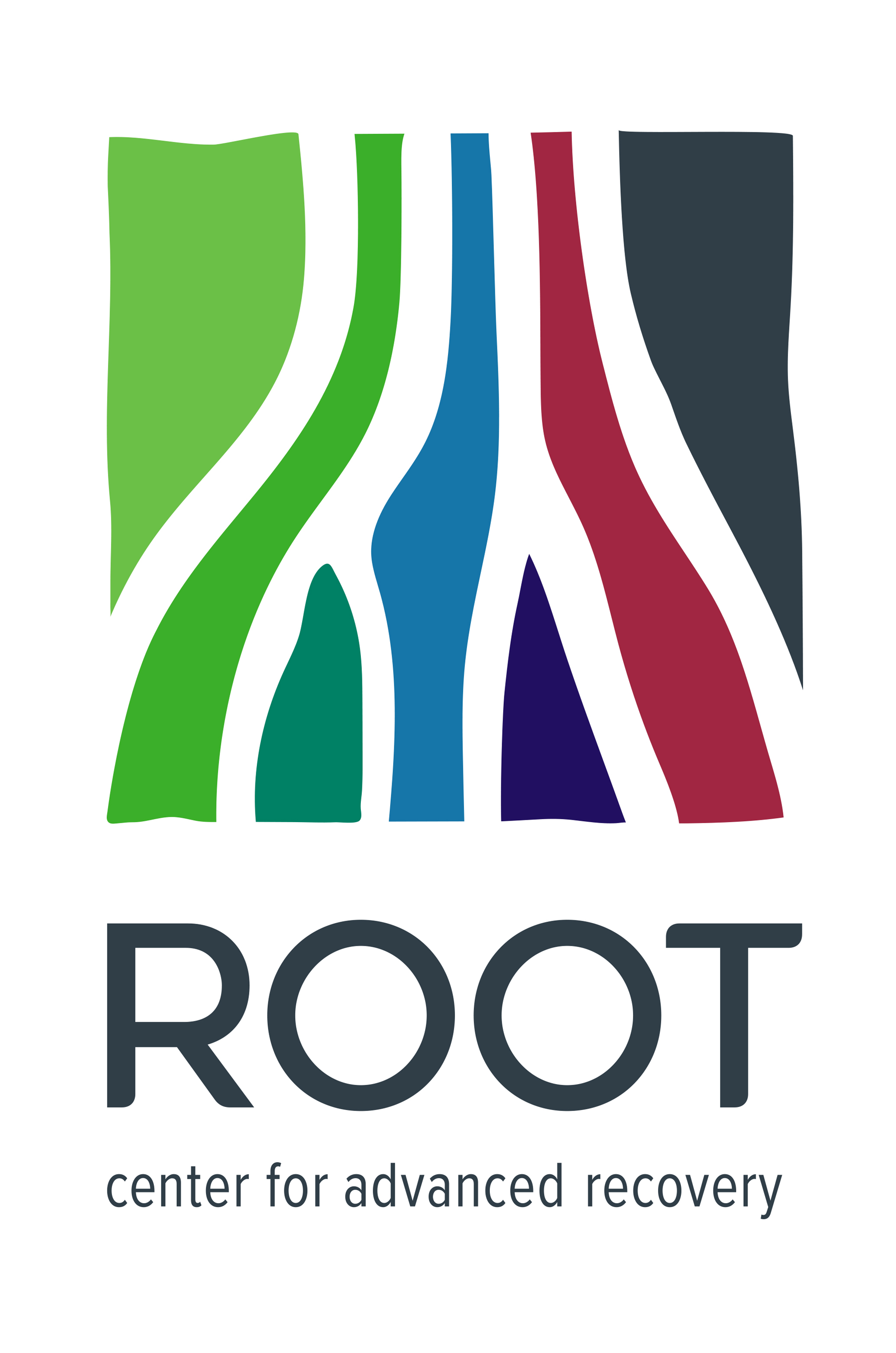TEEN MEDICATION
ASSISTED TREATMENT
SERVICES | TEEN SERVICES
WHAT IS MEDICATION
ASSISTED TREATMENT?
MAT uses medications in combination with counseling and behavioral therapies to provide a “whole-patient” approach.
The goal of MAT is sustained recovery and an ability to live a more self-directed life.
MAT HAS BEEN SHOWN TO:
- Improve quality of life.
- Increase retention in treatment
- Decrease illicit opioid and other drug use
- Decrease rates of infections (HIV, Hep. C, etc.) and other morbidity related to substance use
- Decrease crime rate in communities
- Increase patients’ ability to gain and maintain employment
- Improve birth outcomes among women who have substance use disorders and are pregnant
- Increase ability to maintain positive, productive, and sustained family relationships
SERVICES | TEEN SERVICES
WHAT TO EXPECT WHEN STARTING A MAT PROGRAM
Individuals enrolling in the MAT Program at Root Center will meet with their primary counselor and participate in at least one individual therapy session each month. Your counselor will work closely with you to identify strengths and goals, and will collaborate with you to create an individualized recovery plan. This plan will be regularly reviewed and updated to ensure that you get the best care possible. Root Center offers a variety of clinical and support groups that address different areas of recovery and wellness. Our responsive, holistic approach gives you the tools that you need to heal and achieve a lasting and meaningful recovery.
Orientation
All new patients attend two orientation groups within the first 60 days of treatment.
Criteria for Admission
New patients who meet criteria for the Intensive Outpatient Program (IOP) may enroll in the program upon admission. Patients may also enroll during the course of treatment for additional support when needed.




